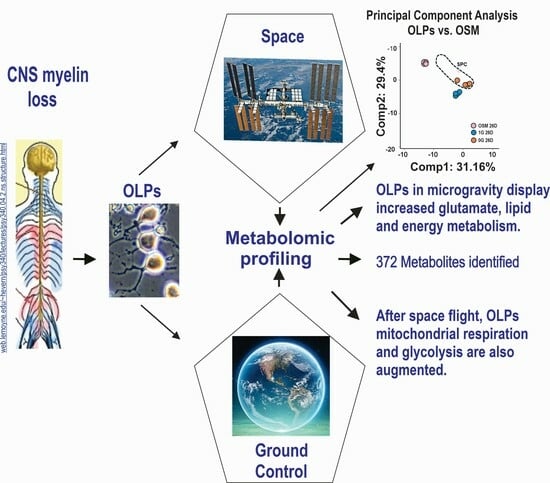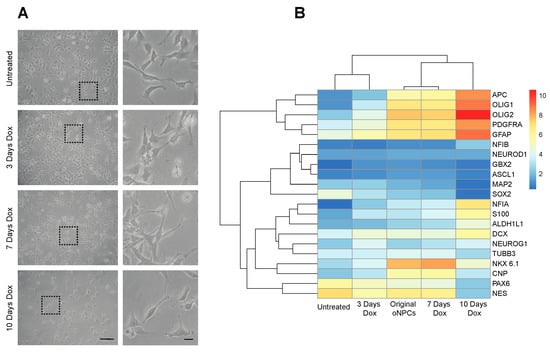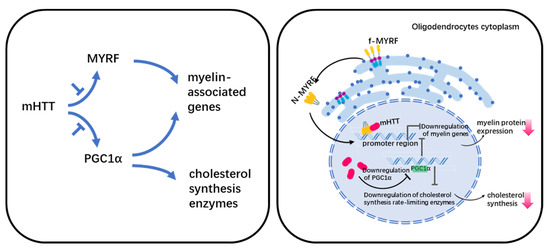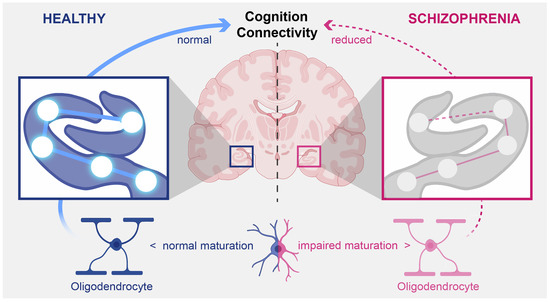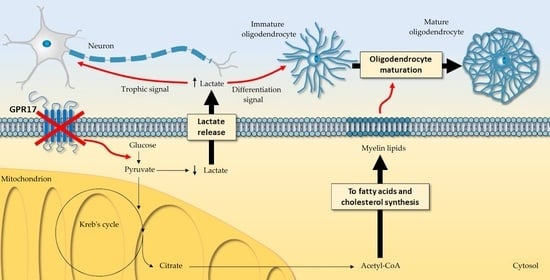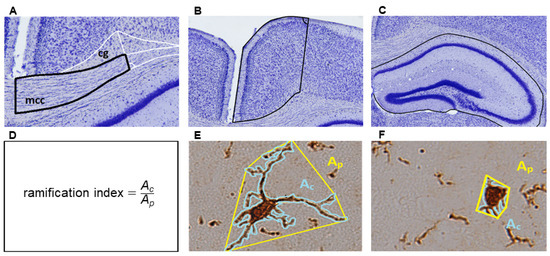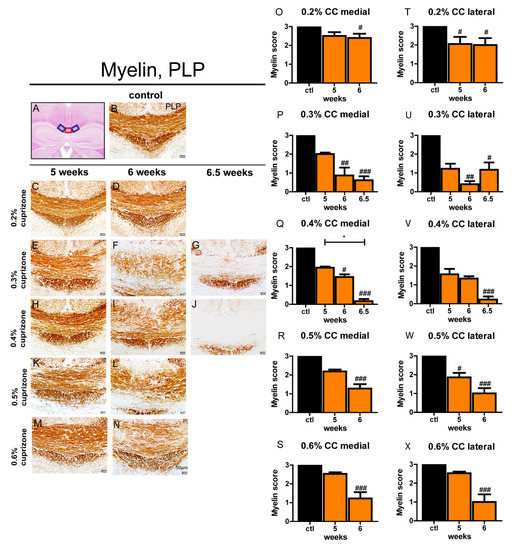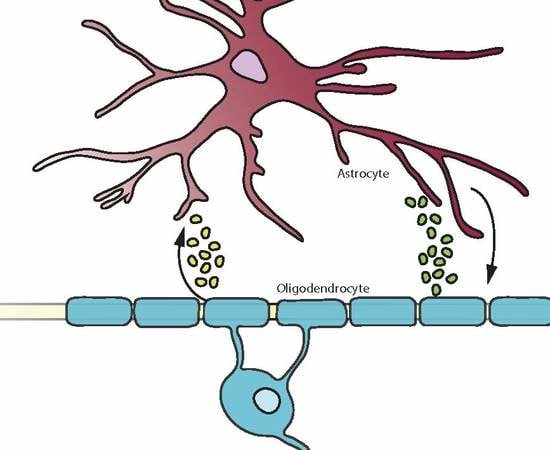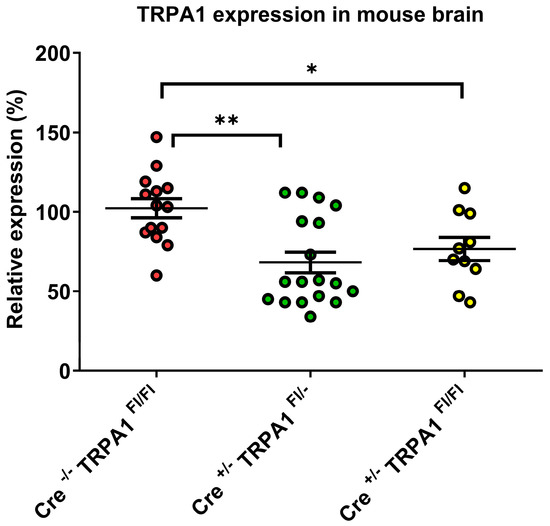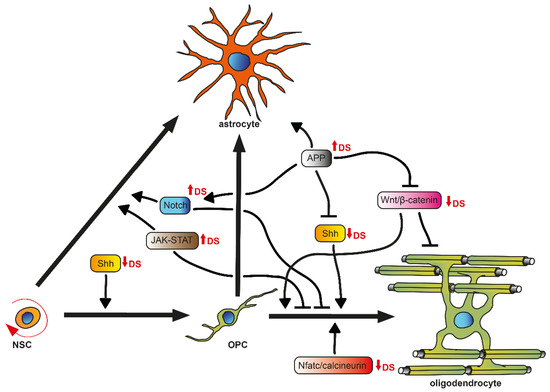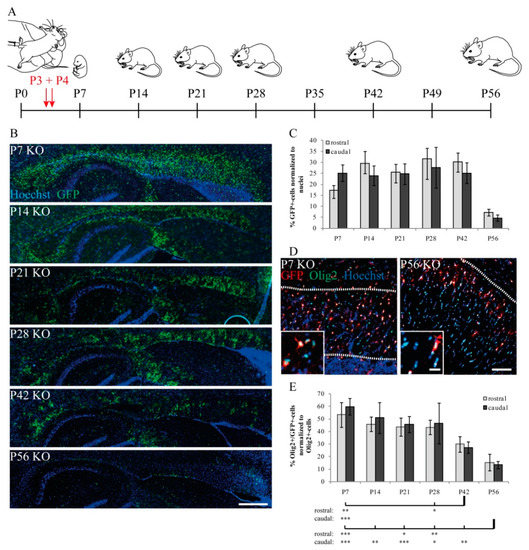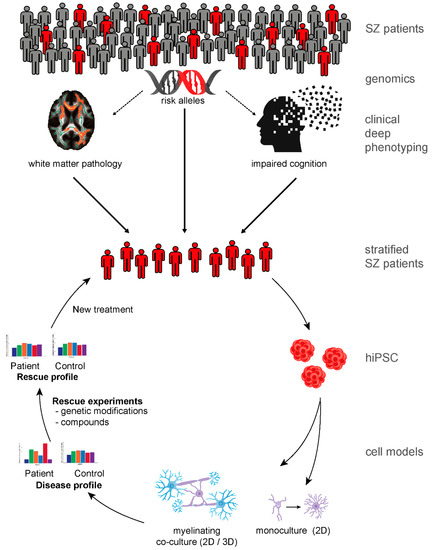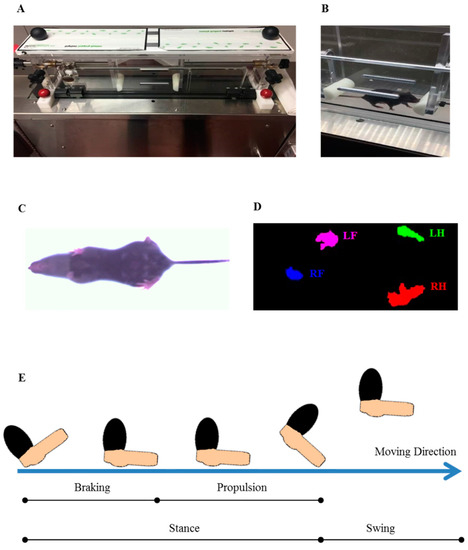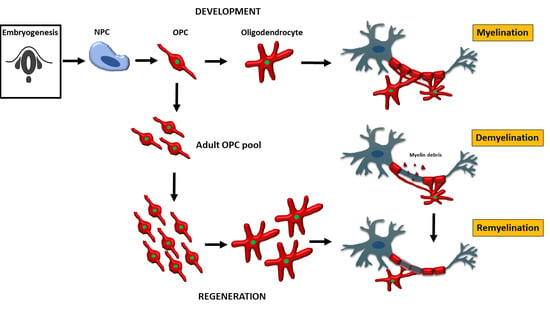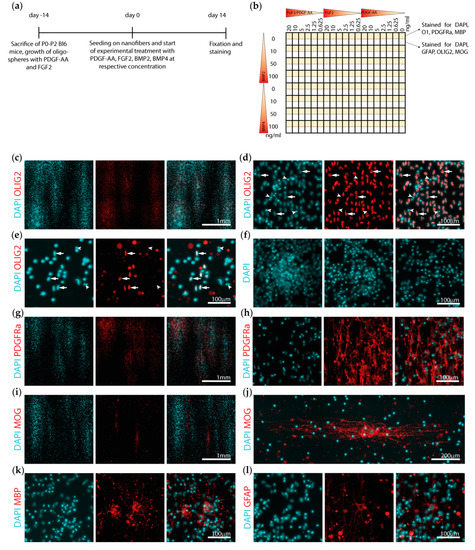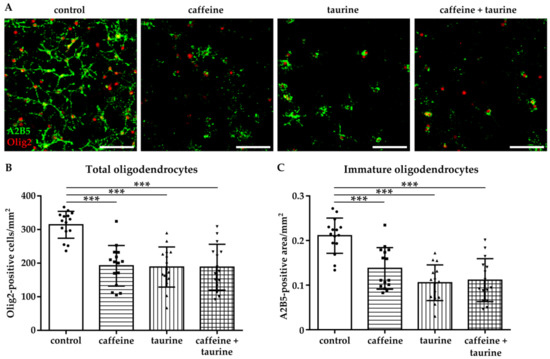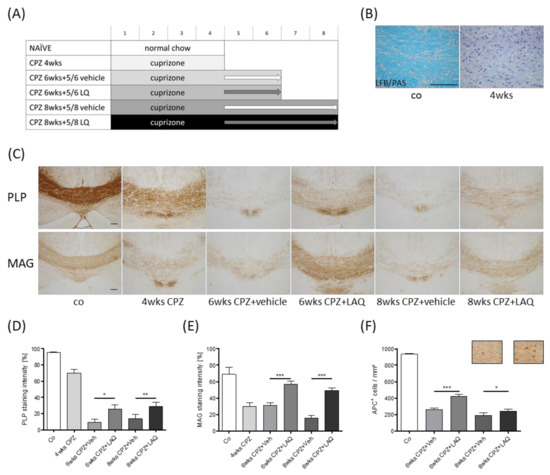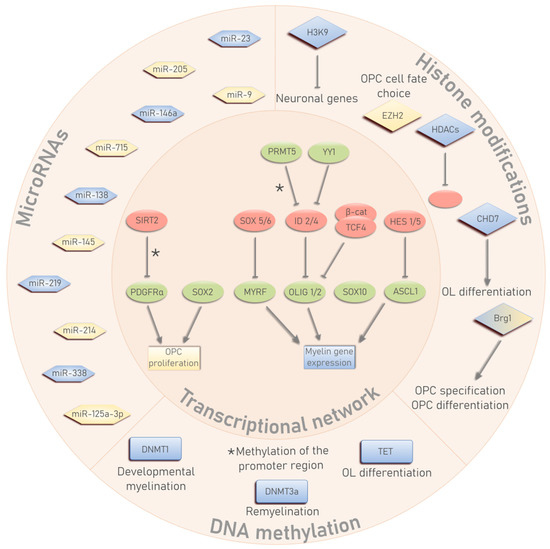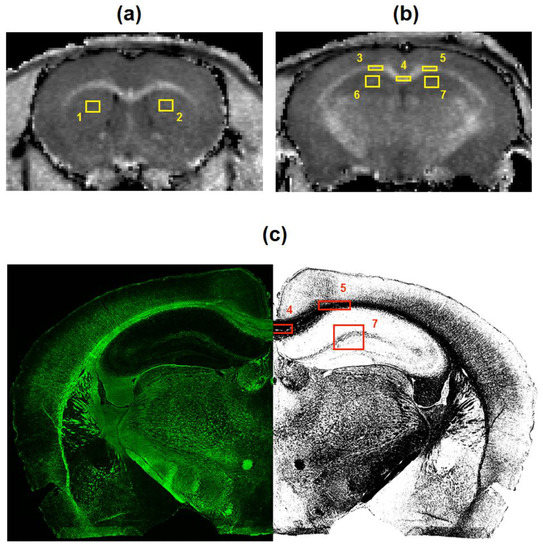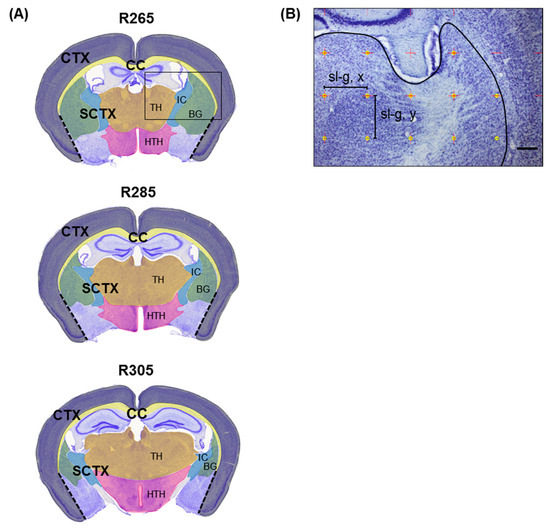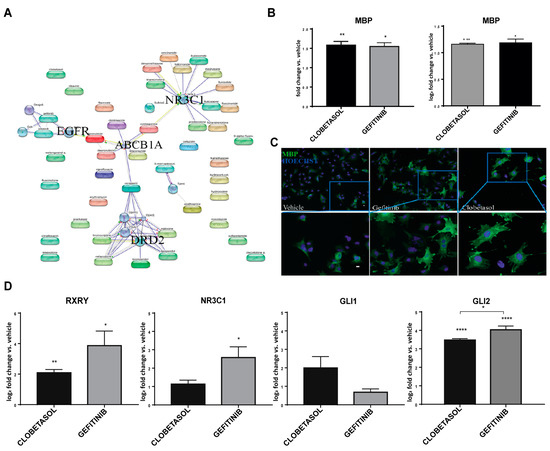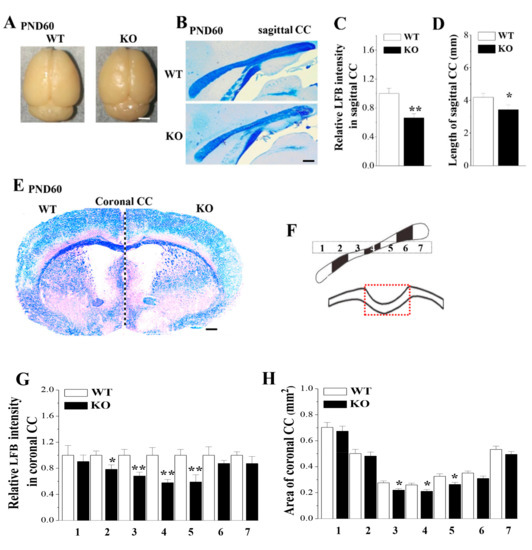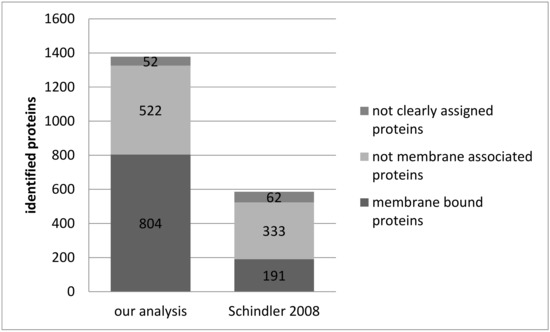Oligodendrocyte Physiology and Pathology Function
A topical collection in Cells (ISSN 2073-4409). This collection belongs to the section "Cells of the Nervous System".
Viewed by 175675Editor
Interests: neurobiology; neuroscience; neurodegenerative diseases
Special Issues, Collections and Topics in MDPI journals
Topical Collection Information
Dear Colleagues,
In multiple sclerosis (MS) patients, chronic clinical deficits are known to result from axonal degeneration, which is triggered by demyelination and inadequate remyelination. The underlying mechanisms of oligodendrocyte degeneration and regeneration are still poorly understood. This Topical Collection will collect articles that address ongoing research into promoting myelin repair, understanding the physiology and pathology of oligodendrocytes, the interaction of oligodendrocytes with central and peripheral immune cells, and the various models that allow us to study oligodendrocyte physiology and pathology.
Prof. Markus Kipp
Collection Editor
Manuscript Submission Information
Manuscripts should be submitted online at www.mdpi.com by registering and logging in to this website. Once you are registered, click here to go to the submission form. Manuscripts can be submitted until the deadline. All submissions that pass pre-check are peer-reviewed. Accepted papers will be published continuously in the journal (as soon as accepted) and will be listed together on the collection website. Research articles, review articles as well as short communications are invited. For planned papers, a title and short abstract (about 100 words) can be sent to the Editorial Office for announcement on this website.
Submitted manuscripts should not have been published previously, nor be under consideration for publication elsewhere (except conference proceedings papers). All manuscripts are thoroughly refereed through a single-blind peer-review process. A guide for authors and other relevant information for submission of manuscripts is available on the Instructions for Authors page. Cells is an international peer-reviewed open access semimonthly journal published by MDPI.
Please visit the Instructions for Authors page before submitting a manuscript. The Article Processing Charge (APC) for publication in this open access journal is 2700 CHF (Swiss Francs). Submitted papers should be well formatted and use good English. Authors may use MDPI's English editing service prior to publication or during author revisions.
Keywords
- Demyelination
- Remyelination
- Neurodegeneration
- Oligodendrocyte
- Myelin
- Multiple sclerosis
- Leukodystrophy
- Cell–cell communication.









